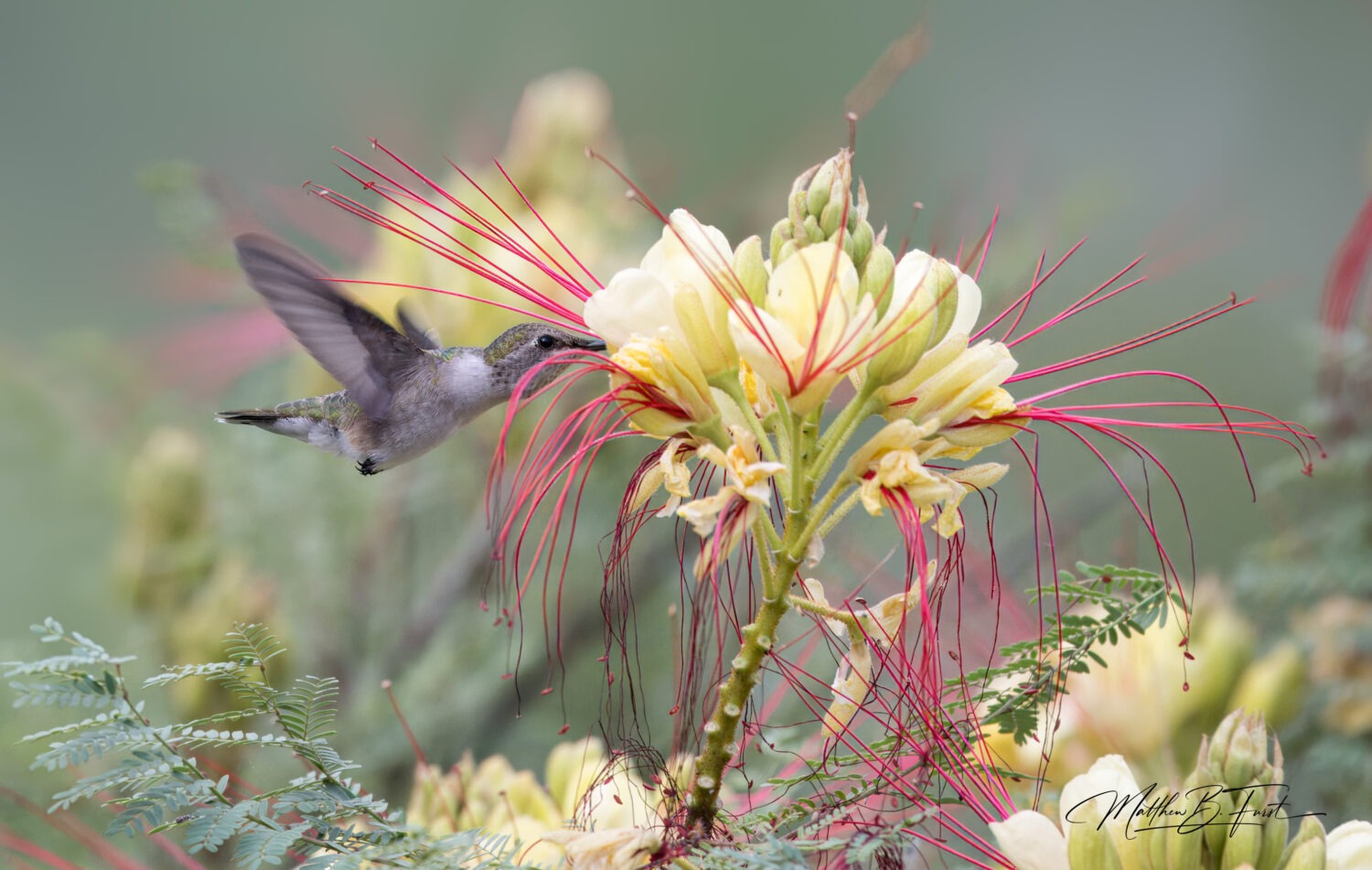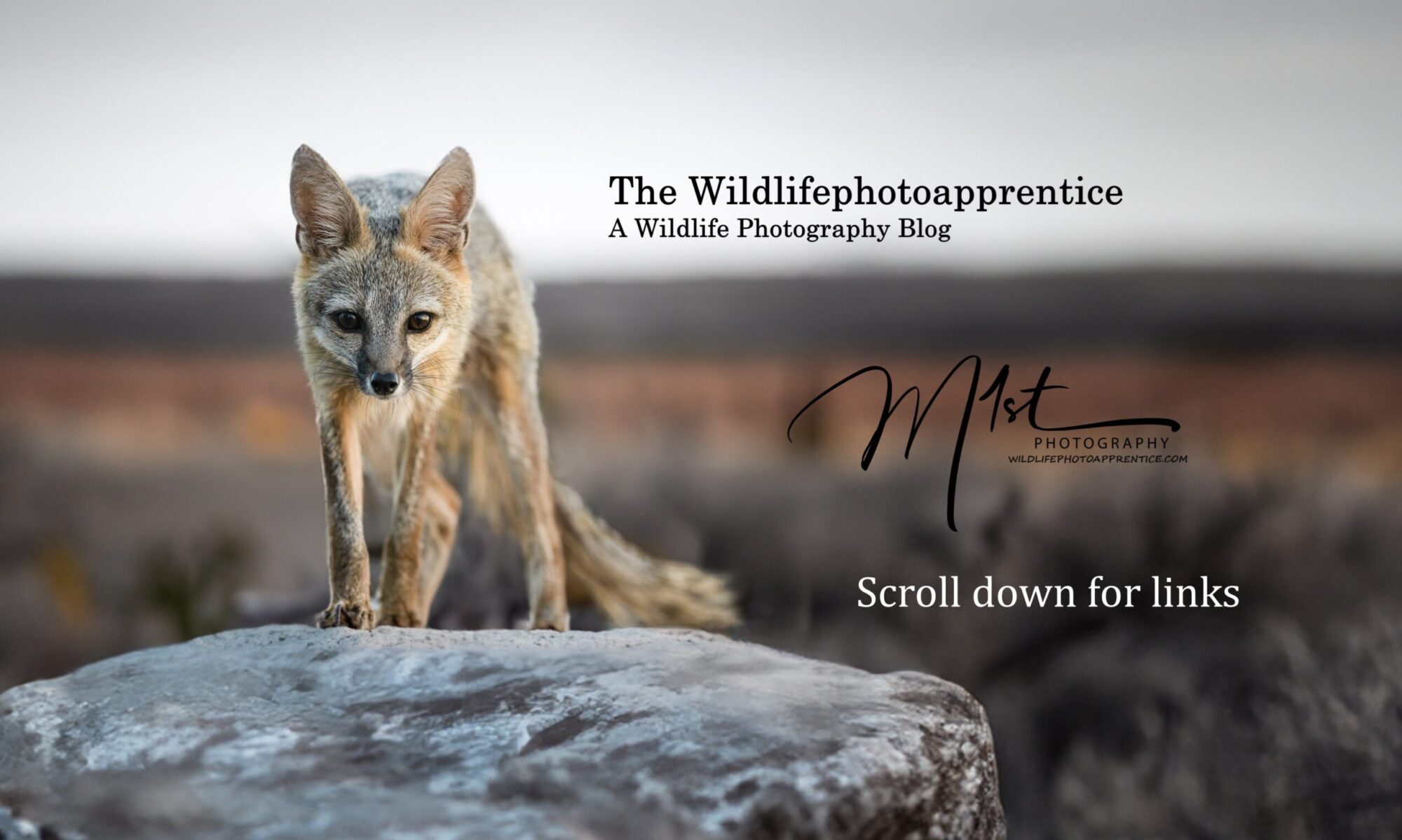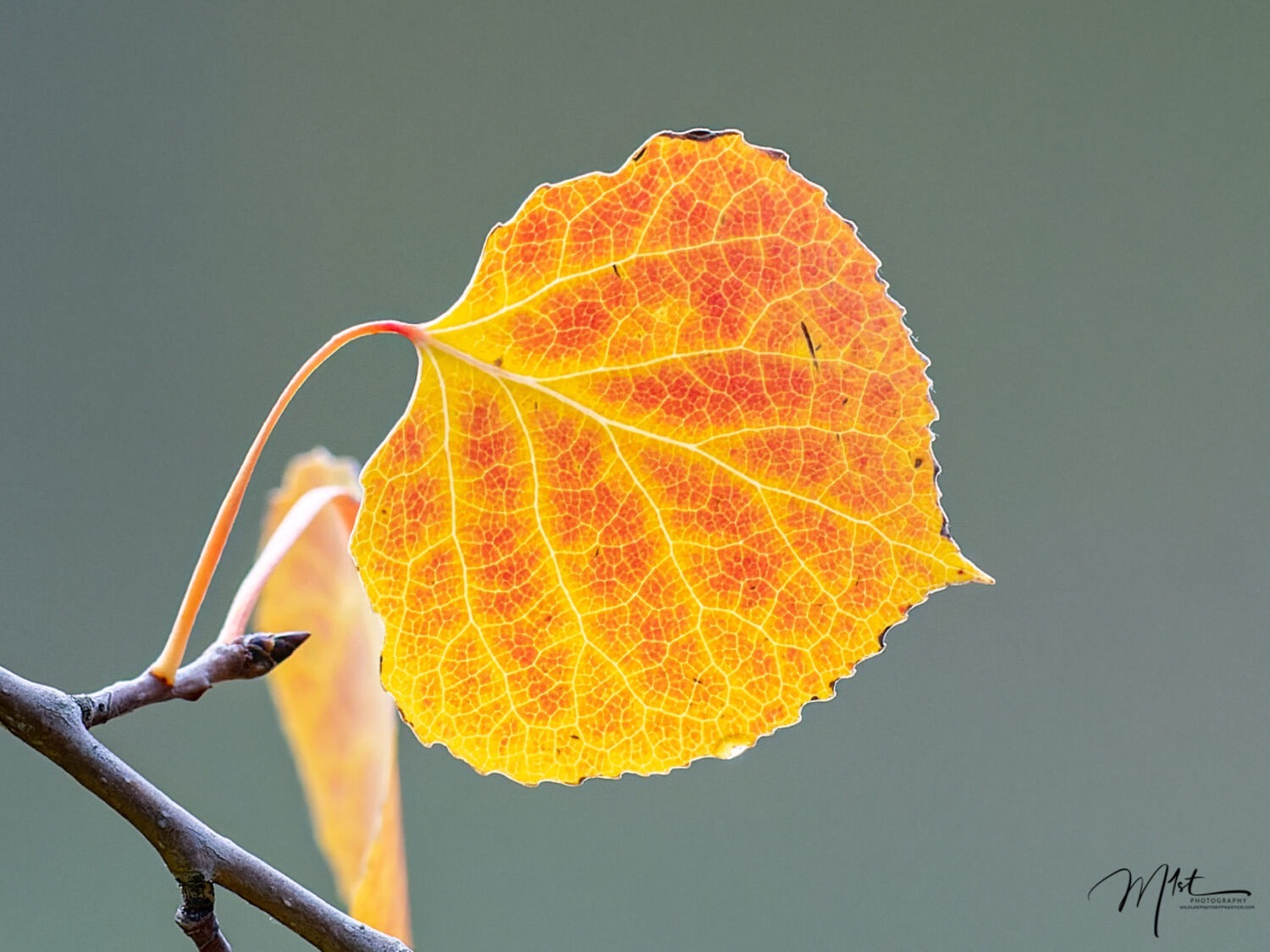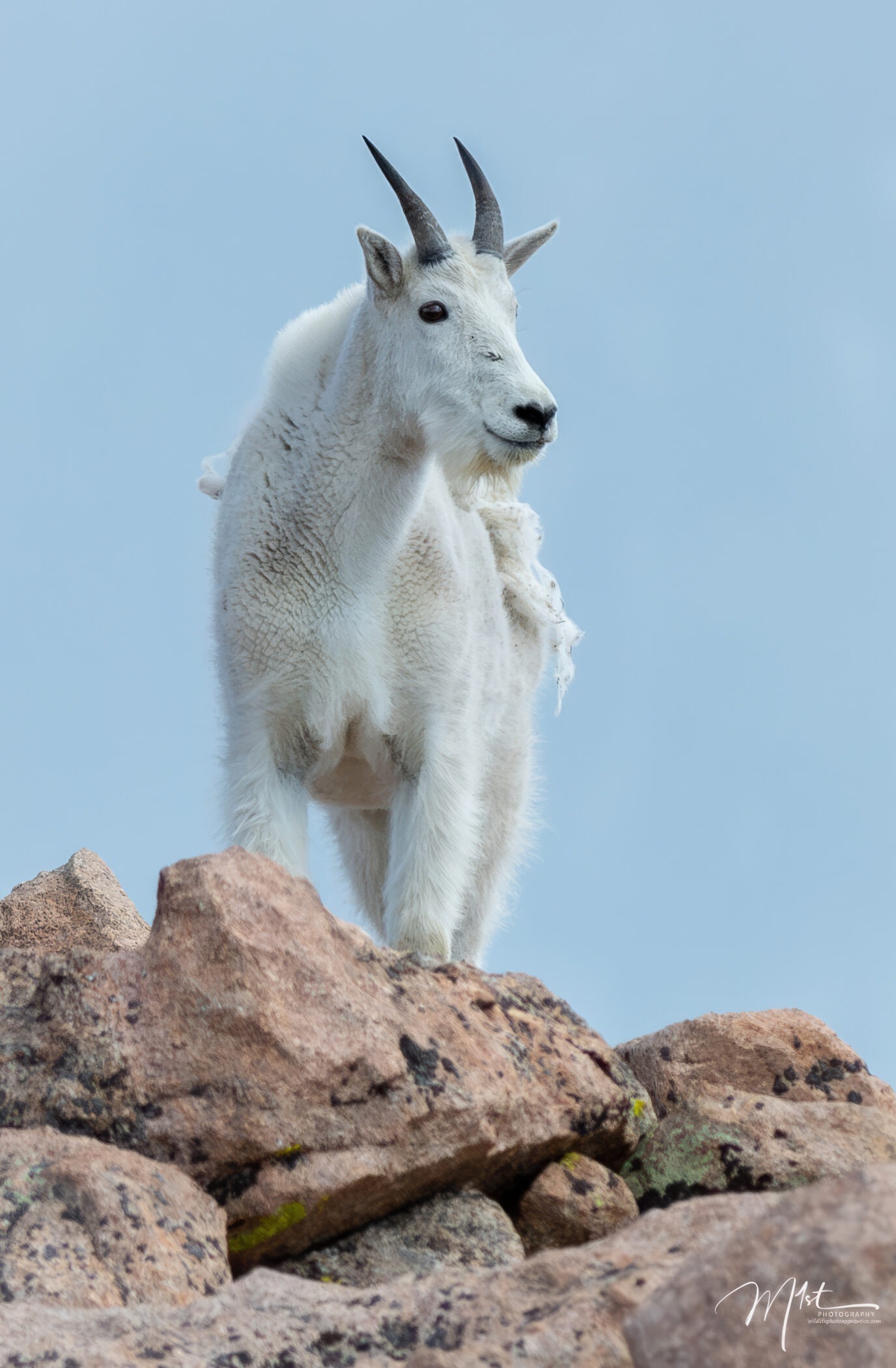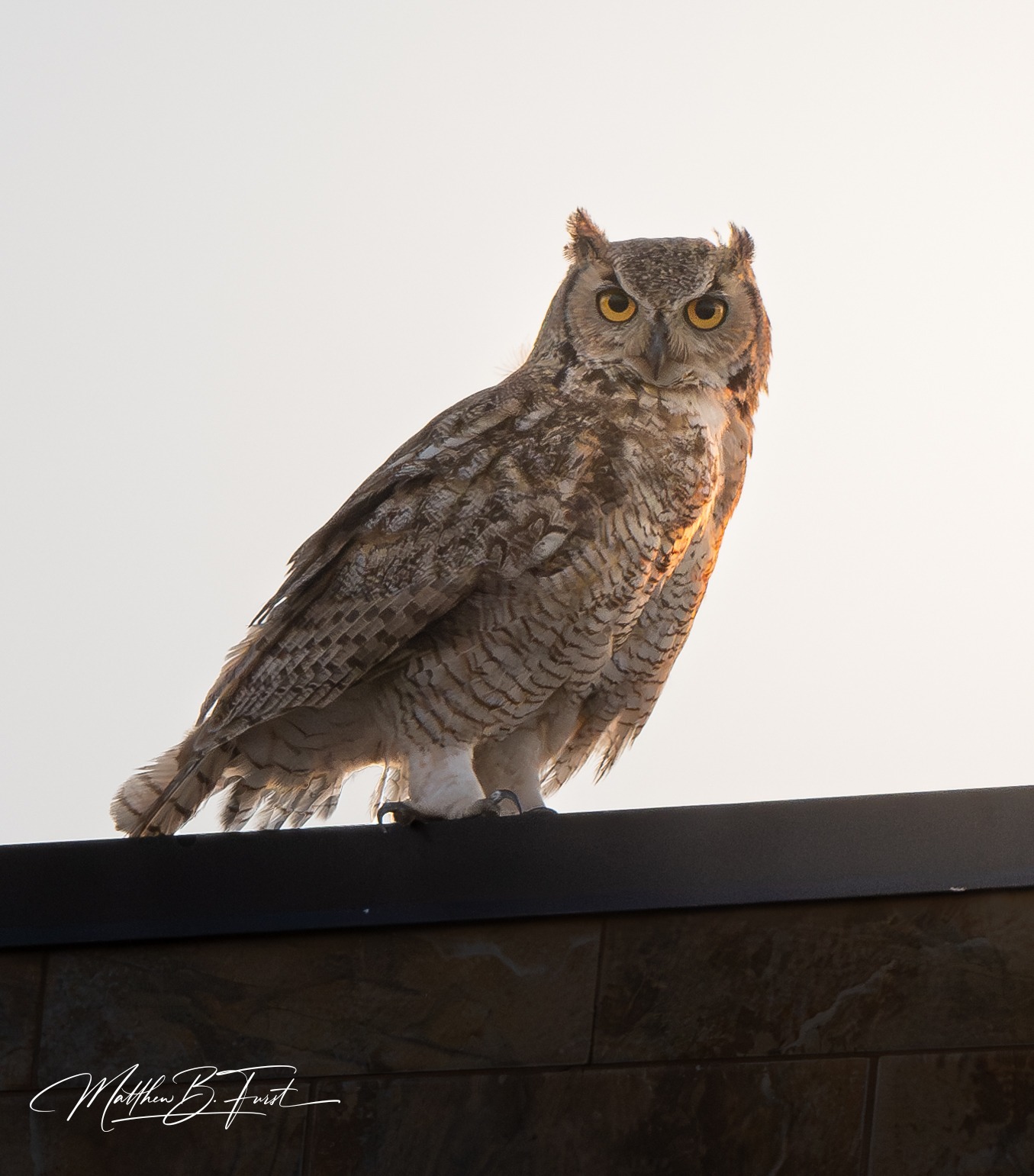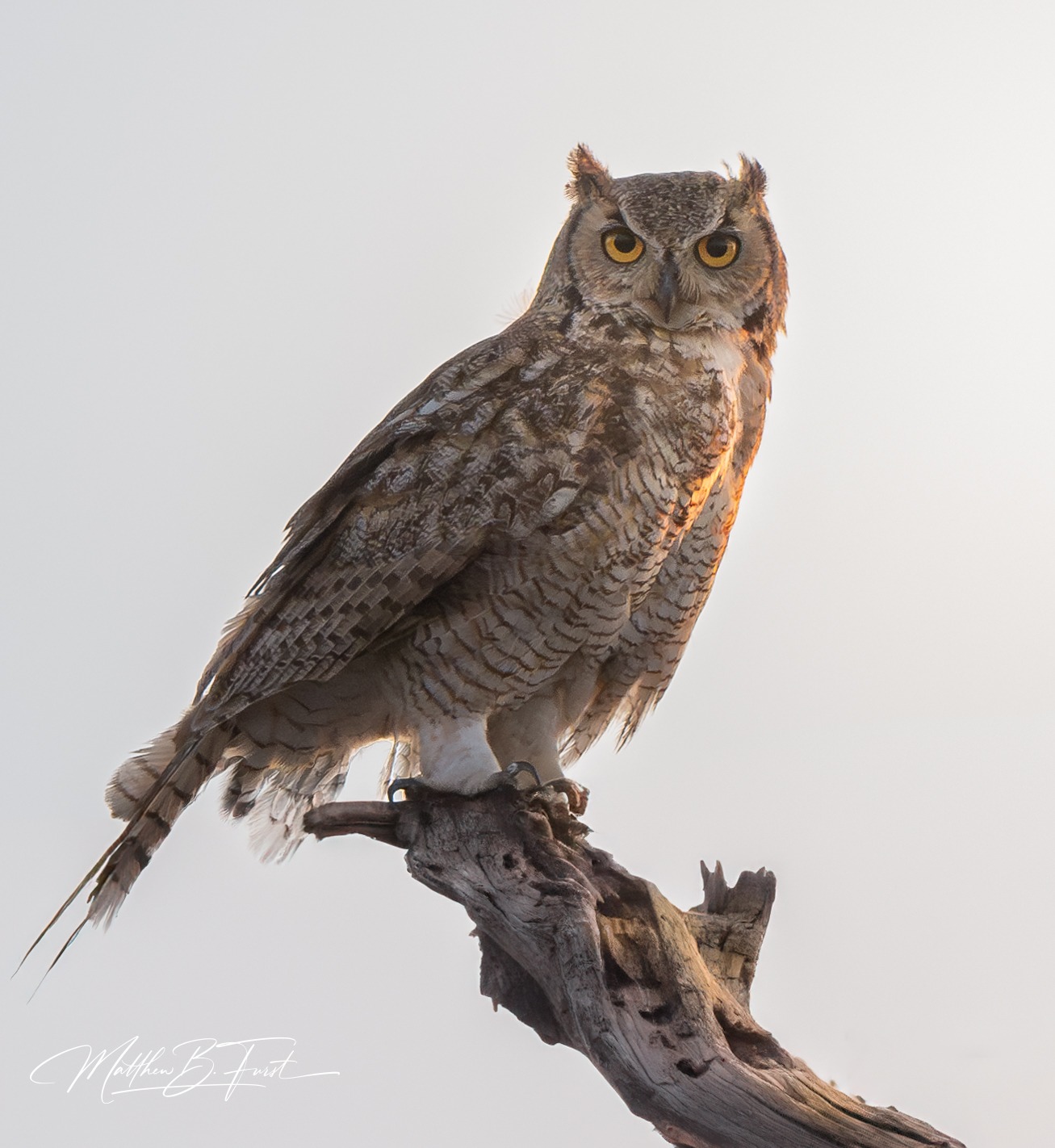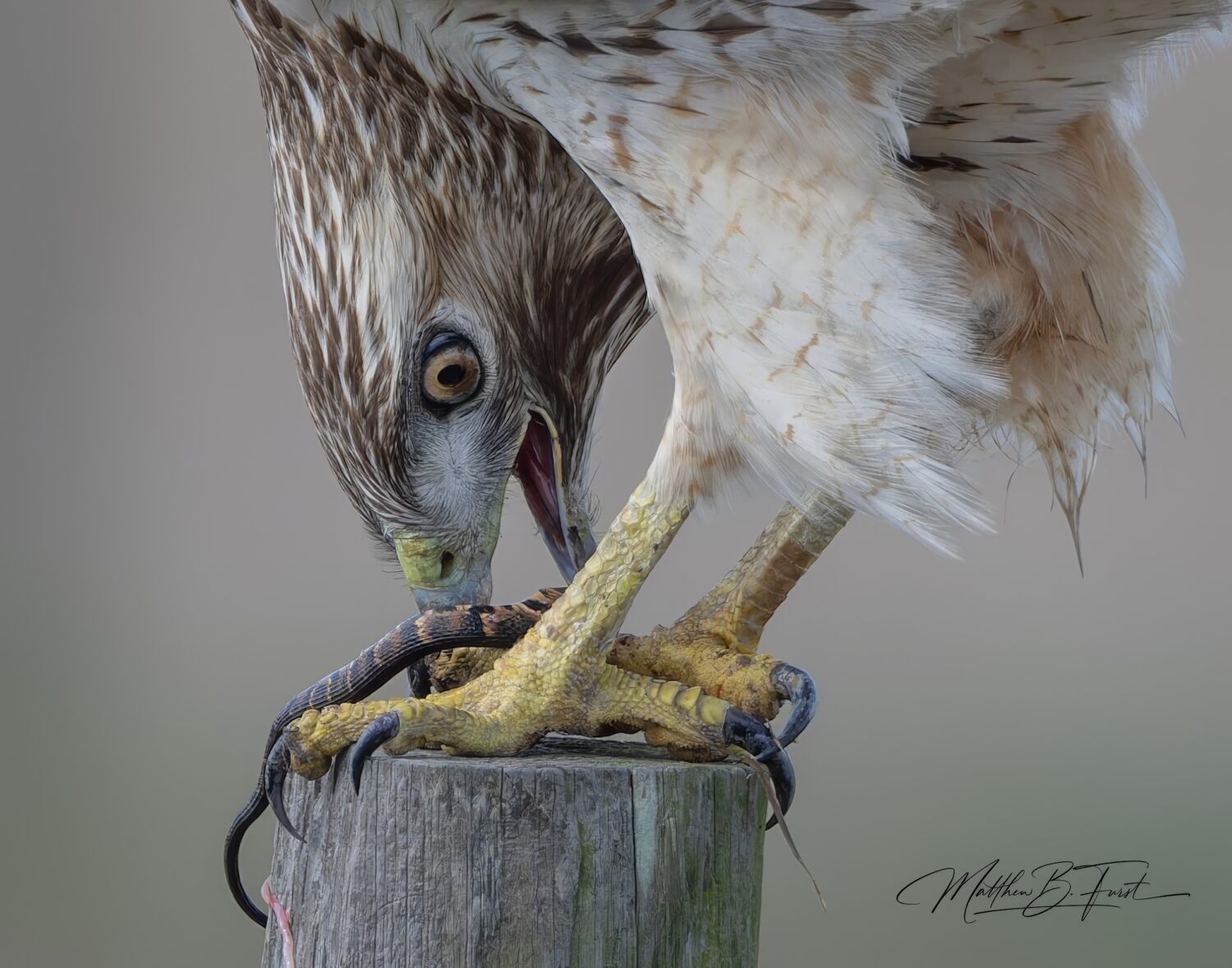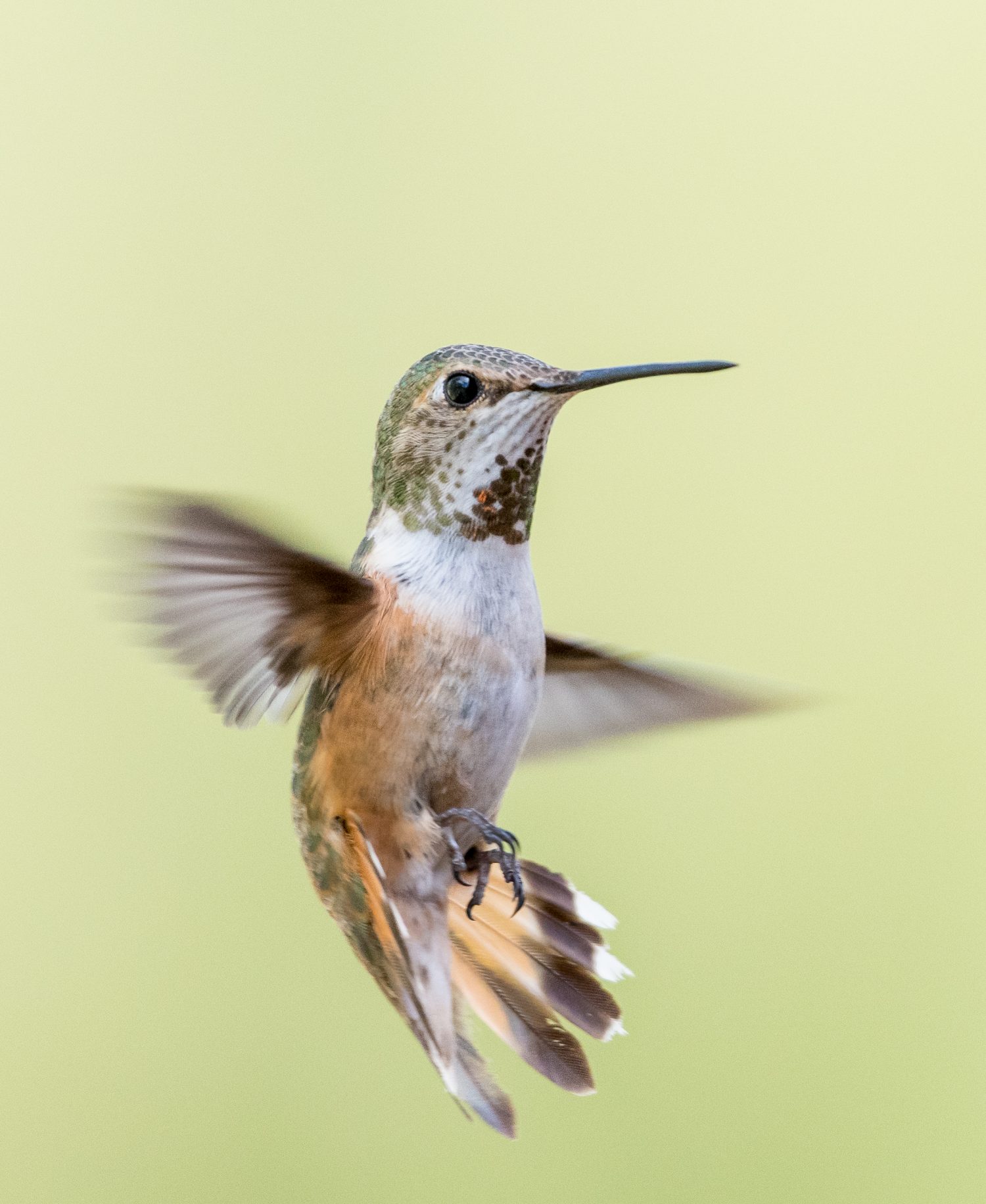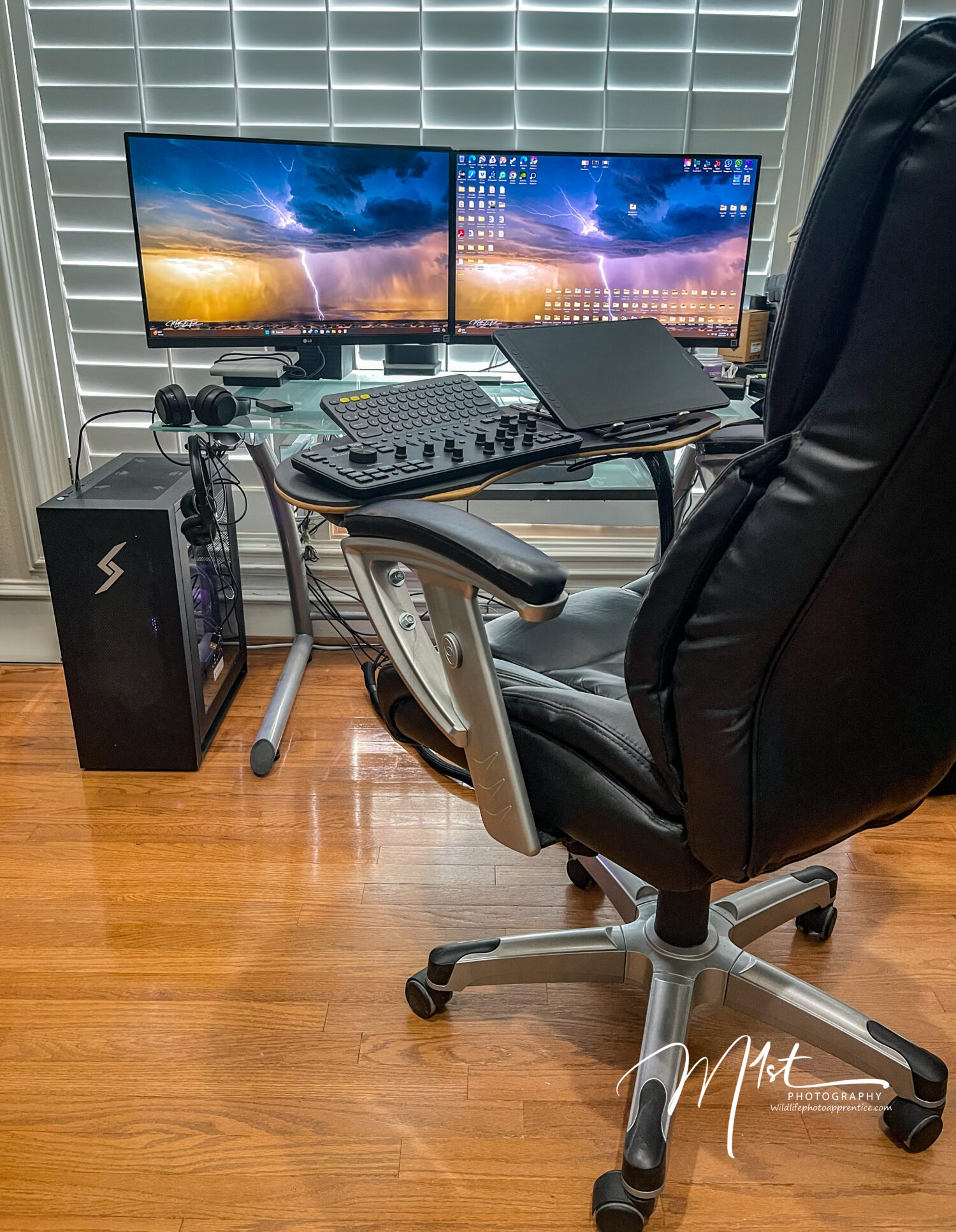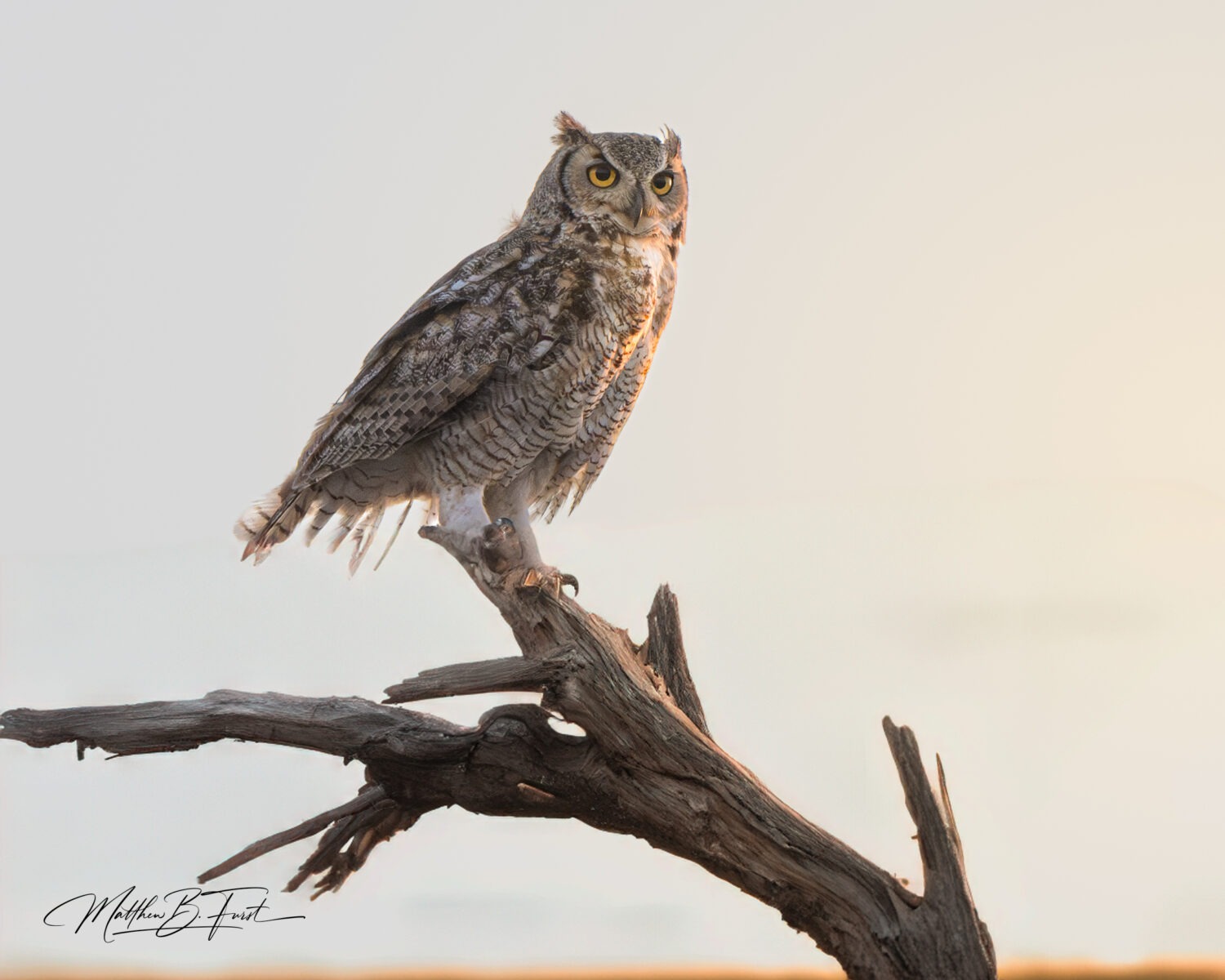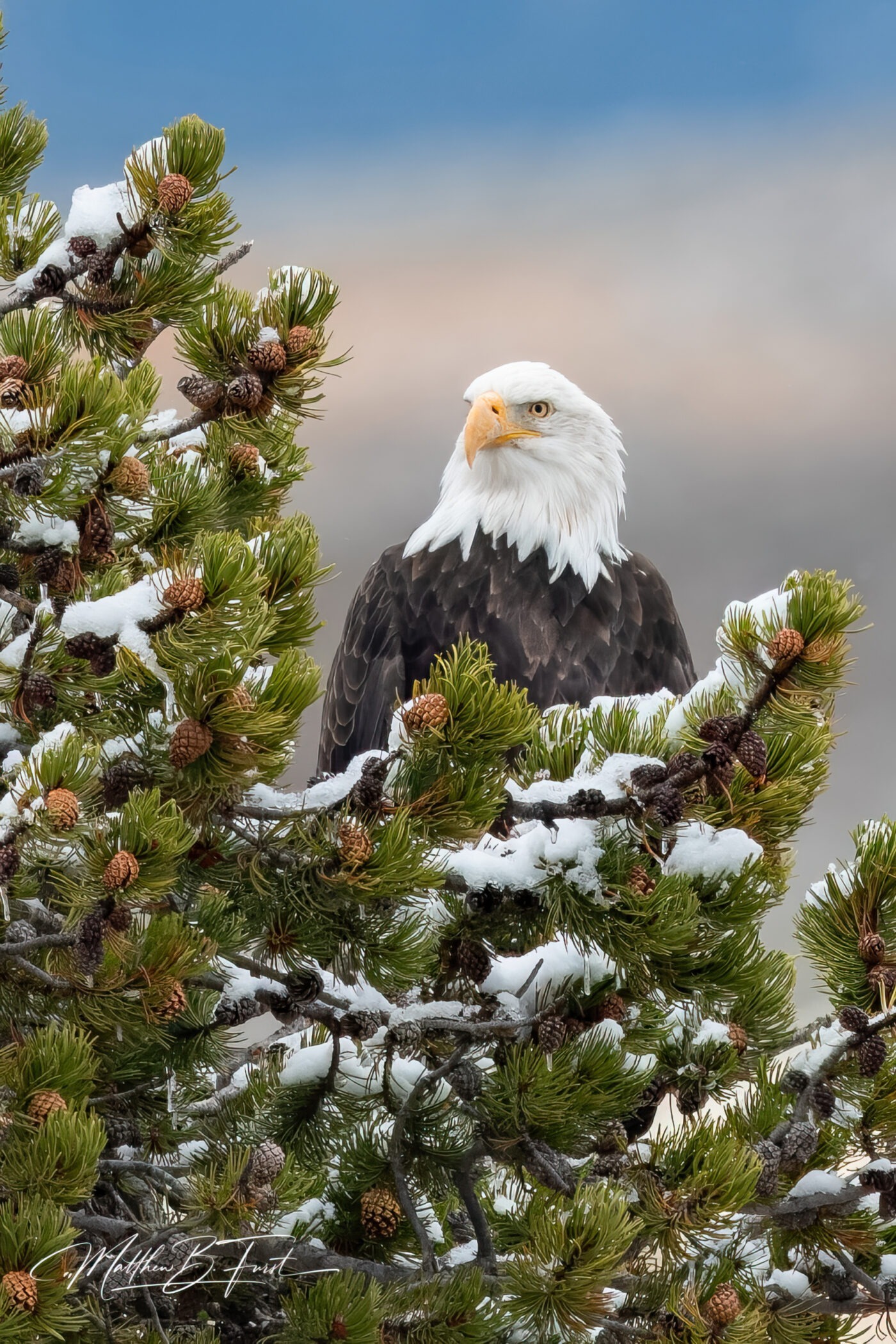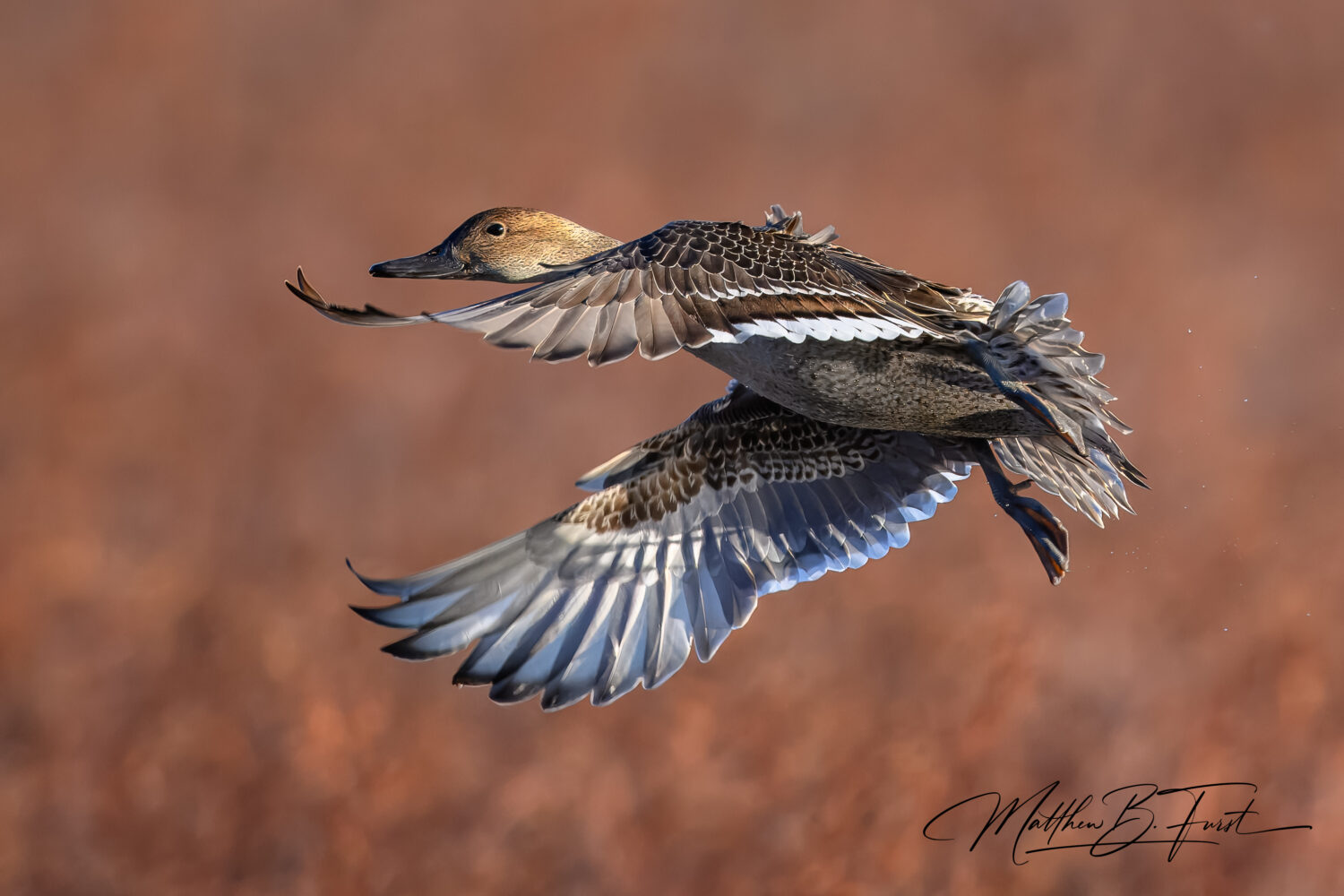It’s been said that to become a wildlife photographer all you need is a lot of money and a lot of time. While not completely true, inorder to enter into the untamed world of wildlife photography, where every click of the shutter unveils a story of nature’s wonders will take some time, effort, and resources. Embarking on a journey to become a wildlife photographer is akin to commencing a captivating adventure filled with awe-inspiring landscapes, elusive creatures, and heart-pounding moments frozen in time. Whether you’re drawn to the graceful dance of a bird in flight, the majestic presence of a big cat prowling through the savanna, or the intricate details of a tiny insect’s world, this blog is your guide to unlocking the secrets of the wild through the lens of your camera. Join us as we explore the basics needed to capture the beauty and essence of wildlife in its natural habitat.
